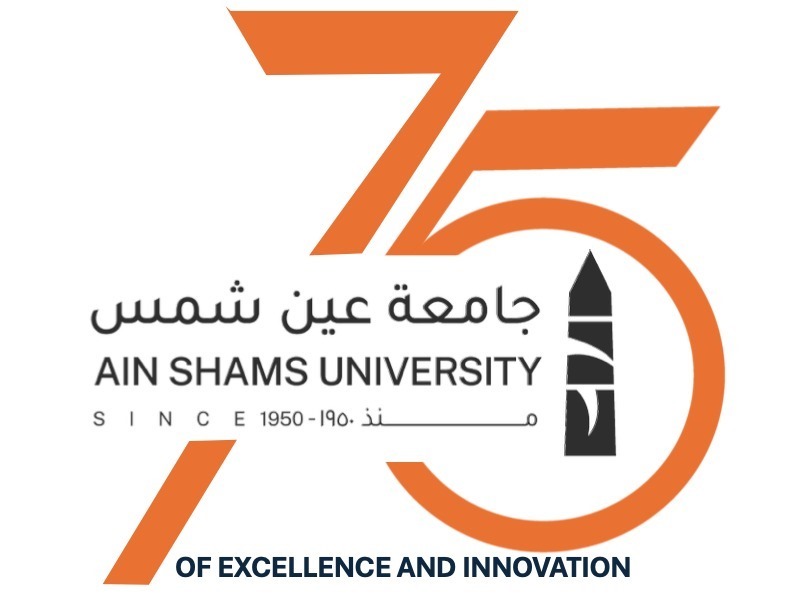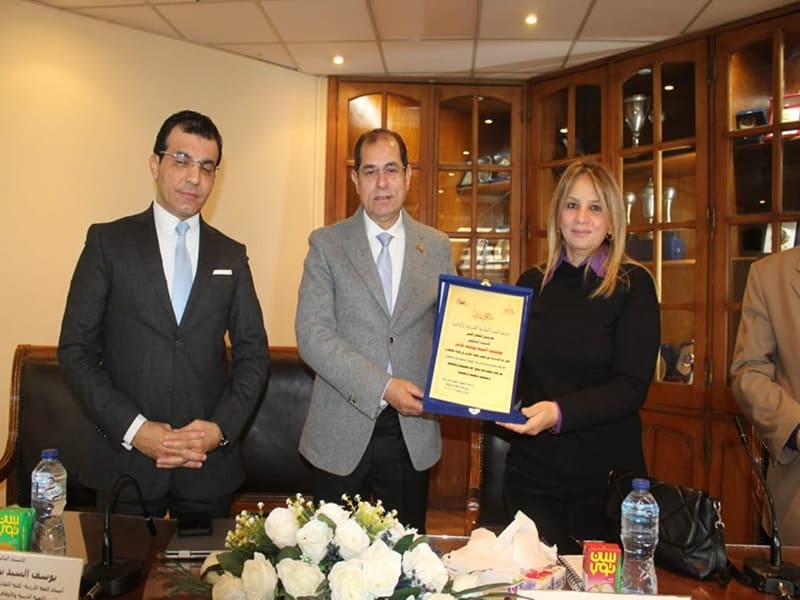Religious translation and its role in building rational awareness among young people, a symposium at the Faculty of Arts
Under the patronage of Prof. Mohamed Diaa Zain El-Abedeen, President of Ain Shams University, Prof. Ghada Farouk, Vice President of the University for Community Service and Environmental Development Affairs, Prof. Hanan Kamel Metwally, Dean of the Faculty of Arts, supervised by Prof. Hatem Rabie, Vice Dean of the Faculty for Postgraduate Studies and Scientific Research and coordinated by Prof. Muhammad Hamed, Head of the Department of Oriental Languages and Literatures. The Department of Oriental Languages and Literatures organized the symposium on religious awareness and its role in building rational awareness among young people, where Prof. Youssef Al-Sayyed Youssef Amer, Professor of Urdu Language and Literature at the Faculty of Languages and Translation, at Al-Azhar University and Chairman of the Religious Affairs and Endowments Committee of the Senate, gave a lecture.
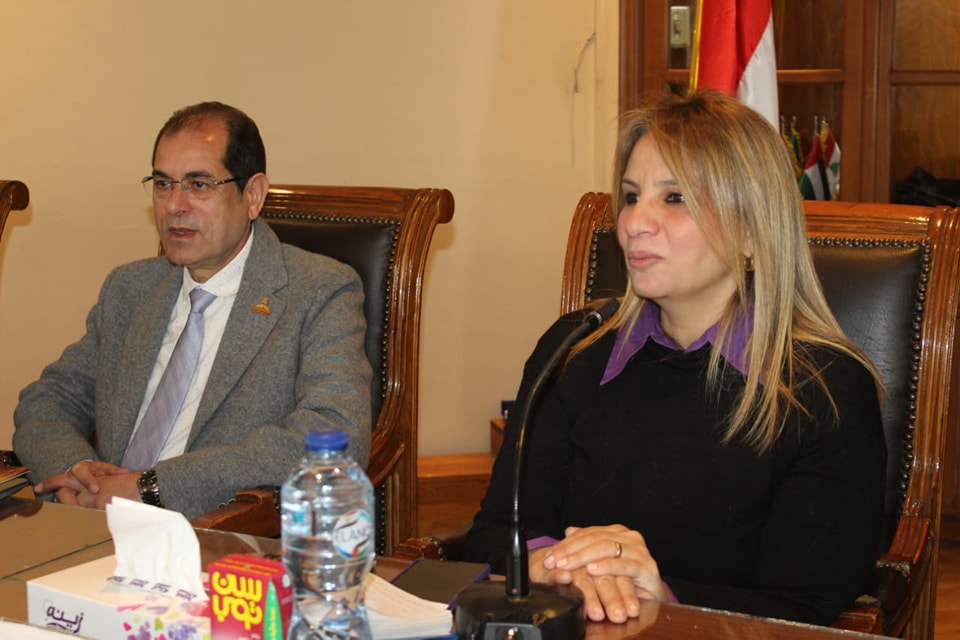 |
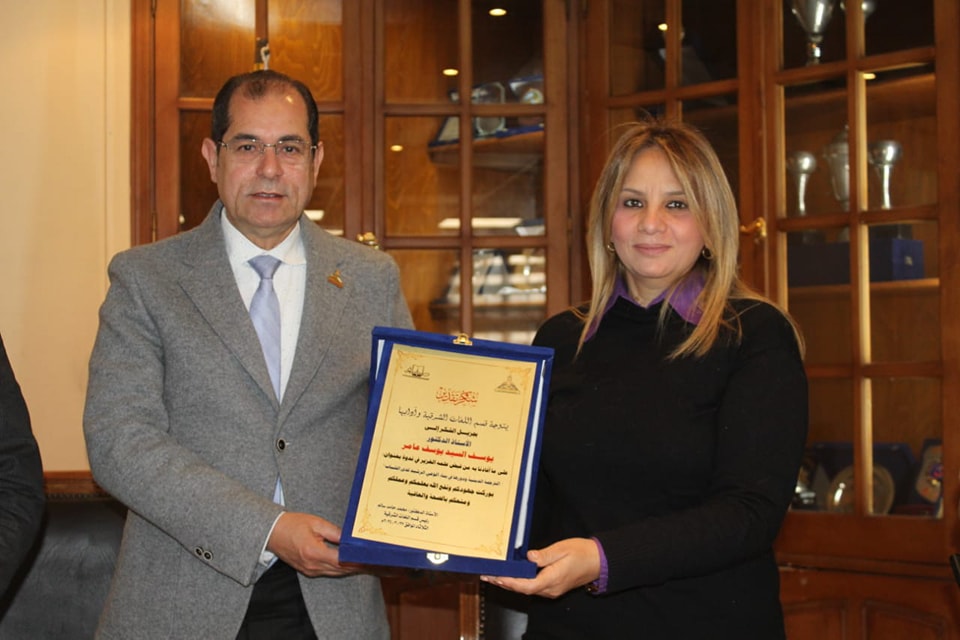 |
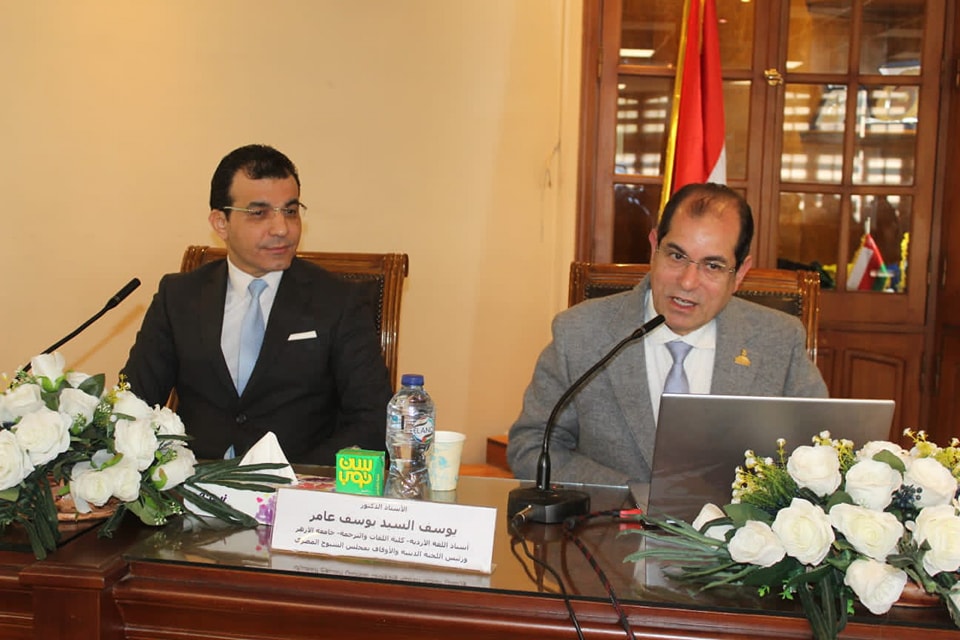 |
||
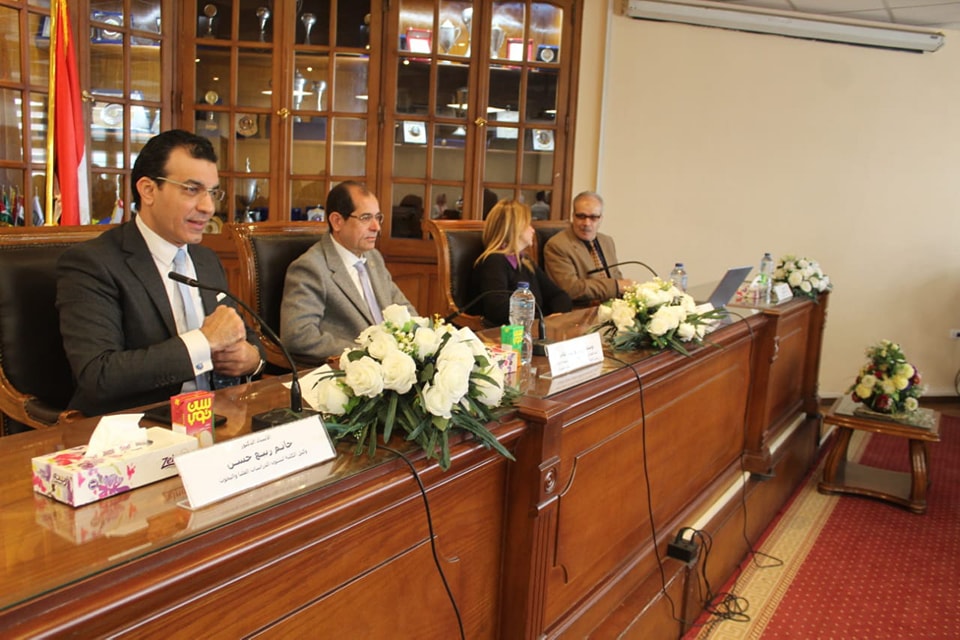 |
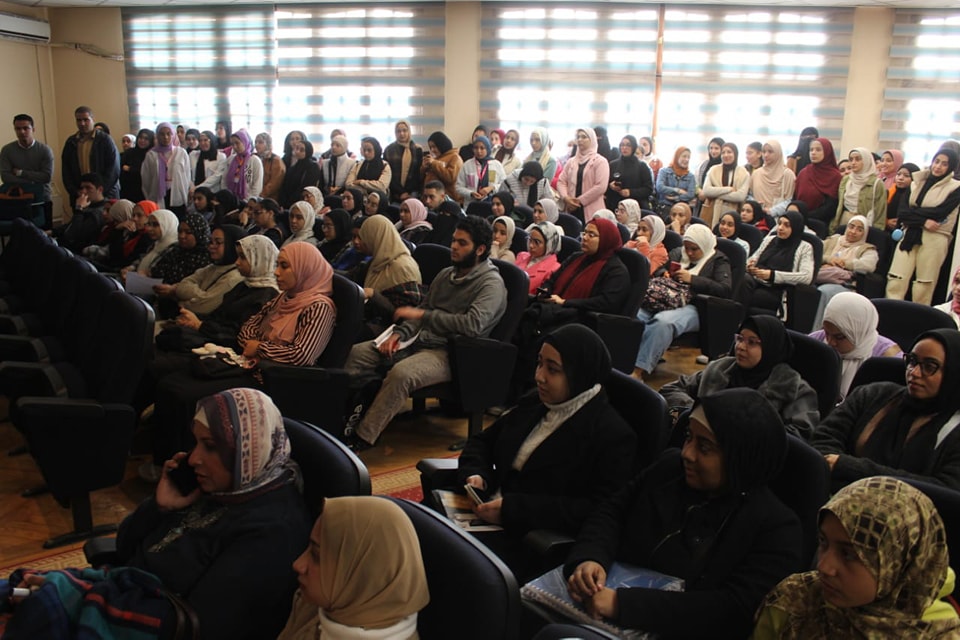 |
|
Prof. Youssef Al-Sayed presented in the symposium the importance of religious culture and religious terminology for the correct understanding of sacred religious concepts and the impact of this on sound religious understanding and cultural awareness.
He also discussed the role of religious translation as a tool for conveying religious understanding and communication between different cultures and highlighted the importance of language proficiency and religious cultural background as essential translation skills for translators working in the field of religious translation.
The symposium witnessed critical discussions on how to properly deal with the translation of religious texts and terminology. This was followed by presenting practical examples of translating the meanings of Qur’anic verses and the noble Prophetic hadiths. At the end of the symposium, which received a large attendance by students and faculty staff, audience questions were asked and discussed.


.svg)
